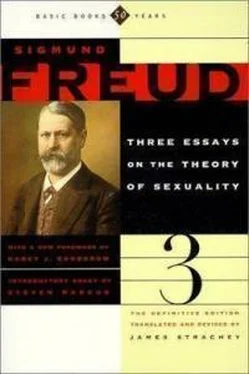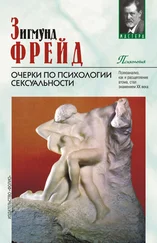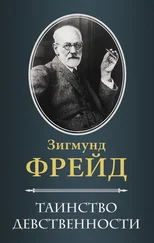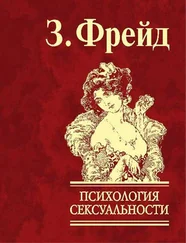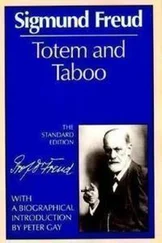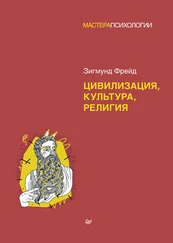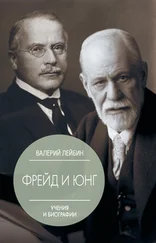Psychoanalysis teaches that there are two paths of object–finding; the first is the one discussed in the text which is guided by the early infantile prototypes. The second is the narcissistic which seeks its own ego and finds it in the other. The latter is of particularly great significance for the pathological outcomes, but does not fit into the connection treated here.
Those to whom this conception appears "wicked" may read Havelock Ellis's treatise on the relations between mother and child which expresses almost the same ideas (The Sexual Impulse, p. 16).
For the explanation of the origin of the infantile fear I am indebted to a three–year–old boy whom I once heard calling from a dark room: "Aunt, talk to me, I am afraid because it is dark." "How will that help you," answered the aunt; "you cannot see anyhow." "That's nothing," answered the child; "if some one talks then it becomes light."—He was, as we see, not afraid of the darkness but he was afraid because he missed the person he loved, and he could promise to calm down as soon as he was assured of her presence.
Cf. here what was said on page 83 concerning the object selection of the child; the "tender stream."
The incest barrier probably belongs to the historical acquisitions of humanity and like other moral taboos it must be fixed in many individuals through organic heredity. (Cf. my work, Totem and Taboo, 1913.) Psychoanalytic studies show, however, how intensively the individual struggles with the incest temptations during his development and how frequently he puts them into phantasies and even into reality.
Compare the description concerning the inevitable relation in the Oedipus legend (The Interpretation of Dreams, p. 222, translated by A.A. Brill, The Macmillan Co., New York, and Allen & Unwin, London).
Innumerable peculiarities of the human love–life as well as the compulsiveness of being in love itself can surely only be understood through a reference to childhood or as an effective remnant of the same.
This was true not only of the "negative" tendencies to perversion appearing in the neurosis, but also of the so–called positive perversions. The latter are not only to be attributed to the fixation of the infantile tendencies, but also to regression to these tendencies owing to the misplacement of other paths of the sexual stream. Hence the positive perversions are also accessible to psychoanalytic therapy. (Cf. the works of Sadger, Ferenczi, and Brill.)
Here one often sees that at first a normal sexual stream begins at the age of puberty, but owing to its inner weakness it breaks down at the first outer hindrance and then changes from regression, to perverse fixation.
That keen observer of human nature, E. Zola, describes a girl in his book, La Joie de vivre, who in cheerful self renunciation offers all she has in possession or expectation, her fortune and her life's hopes to those she loves without thought of return. The childhood of this girl was dominated by an insatiable desire for love which whenever she was depreciated caused her to merge into a fit of cruelty.
It is possible that the heightened adhesion is only the result of a special intensive somatic sexual manifestation of former years.
